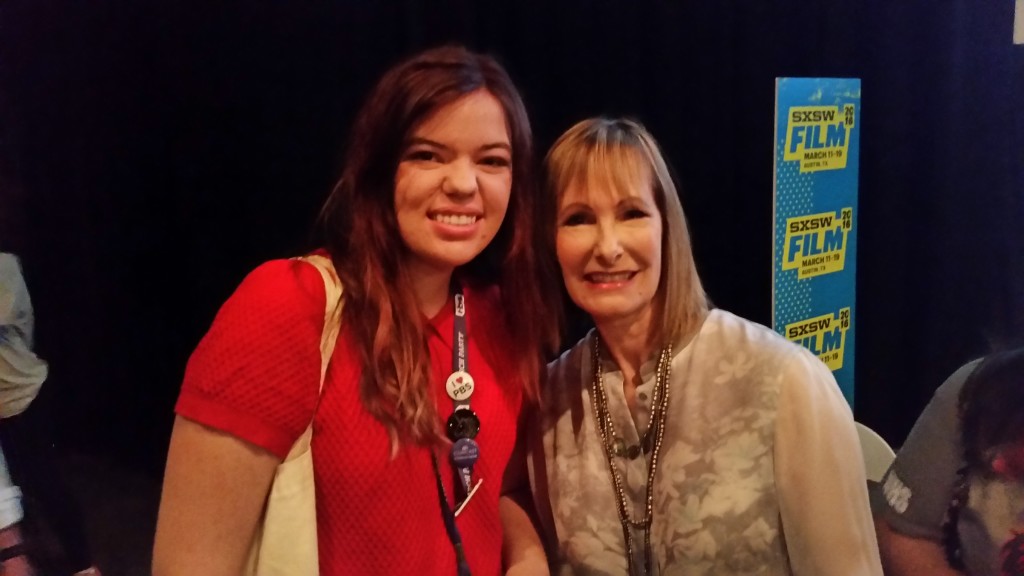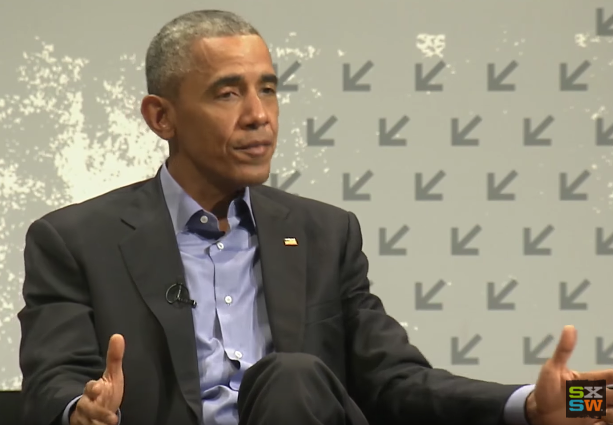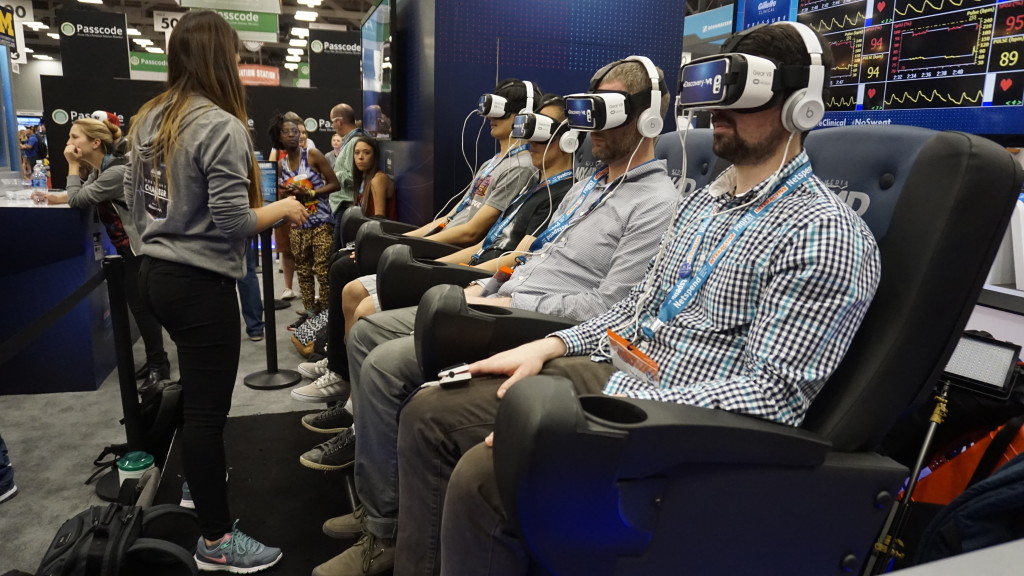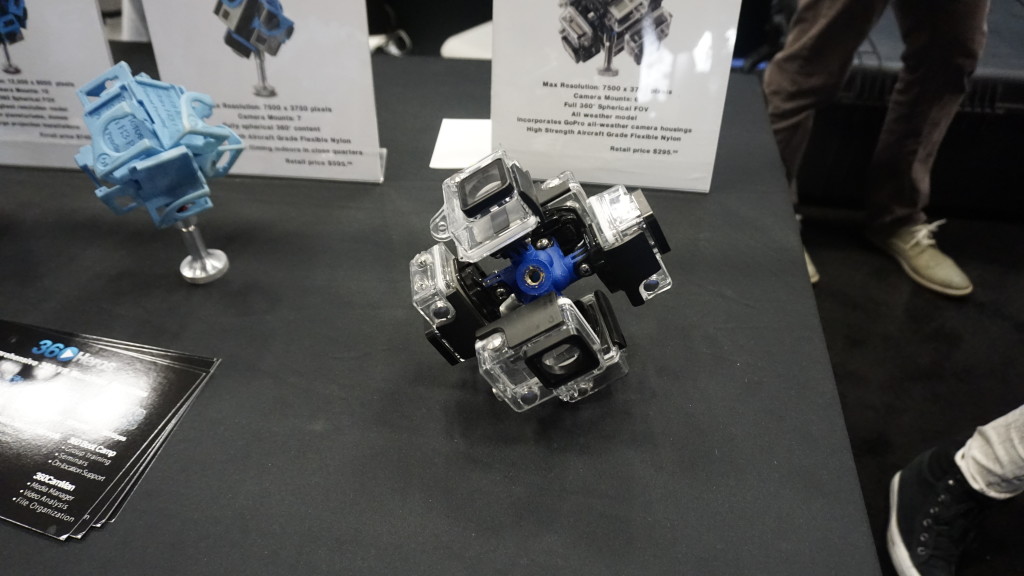 What’s hot at SXSW this year – and how might things impact libraries?
What’s hot at SXSW this year – and how might things impact libraries?
The annual South by Southwest (SXSW) conference held in Austin, TX each March is actually four separate-but-related umbrella events: EDU for the education field, Interactive for digital technologies, Film and Music – and there are other SXSW offshoots (Eco and the currently-in-limbo SXSWV2) held during other parts of the year as well. The Interactive conference is one of my primary avenues for learning, sharing, and, well, interacting. I’ve attended since 2011 – and honored to have presented several times at Interactive & Film, and even played a gig last year during music!
SXSW Interactive is where the creators of our digital present and future gather to exchange ideas and inspiration. There is quite a mix – coders, CEOS, marketers, geeks, venture capitalists, developers, social good advocates, artists and yes – even librarians. Those who attend Interactive are often among the smartest people in the room back on their home turf – but in Austin they are just another conference attendee looking for fresh ideas, new friends and opportunities. As a library technologist, SXSW is a key place for me to get a sense of what is to come as I help libraries serve patrons now and plan for the future.
SXSW is a place of (positive) collisions and collaboration – and especially for first-time attendees – sometimes confusion. Within this very beneficial churn are lots of opportunities for libraries to get a sense of trends that will affect our communities – and us — within the next 3-5 years.
Even though my annual SXSW experience always impacts my work, I’ve never written about it in detail. The conference is big, it’s broad, and sometimes the significance of things are not immediately clear — especially in considering how one thing may impact other things. This year I decided to write and share – ready or not — with the hope that there is something worthwhile for you in my impressions and (undoubtedly) rambling thoughts.
In no particular order (and with no jargon – I’m writing this for folks who may have never heard of SXSW before) here is a first installment of just a few things that got my attention at SXSW in 2016.
Social Trend: Women are Leaders
It’s no secret that there is a battle of the sexes within the tech ranks. Silicon Valley and other bastions of tech tend to be a boy’s club. Women in technology positions still trail behind men in terms of compensation. Women in tech – despite their skills and accomplishments – are often disrespected by men. And sometimes it’s even much worse.
Despite a very public controversy last year over cancelled SXSW “gamer gate” panels (designed to address discrimination against women in gaming – the panels were cancelled after threats of festival violence from anonymous voices on the Internet) women were visible everywhere at SXSW this year. Even a casual glance at the schedule shows a good number of technology sessions featuring all-women panelists or at least an equal balance between female and male voices. This might sound surprising, but it’s part of an ideal expressed by SXSW: in the process of selecting official panels, diversity of voices (gender, cultural, rural/urban, and more) always earns extra points from SXSW organizers. This year, though, it seemed that actual gender diversity on panels was stronger than ever.
In her Film Keynote, legendary producer Gale Anne Hurd (The Terminator, Aliens, The Walking Dead, and so many others) offered a powerful, unflinching and ultra-feminine take on the challenges of being strong, smart and right in a male-dominated world (even  taking on the “B” word ) and through her words and actions shared both inspiration and a path for others to follow.
taking on the “B” word ) and through her words and actions shared both inspiration and a path for others to follow.
(As a side note, at SXSW you get to “ask the question you’ve always wanted to ask” – my question during Hurd’s keynote is at the 28:45 mark on the video. :0)
Even my own daughter hosted a panel that addressed age and gender issues for young filmmakers – and she wasn’t the only one to host a session tackling similar issues.
Is this enough? No – and I hope the presence and influence of women in the SXSW community continues to grow in significant and visible ways. My family is trying to do its part – and will continue to support others as we move into the future.
Political Trend: SXSW is Important to National Leaders
Both President Barack Obama and First Lady Michelle Obama spoke (on different days) at SXSW, causing massive attention and gridlock to a city center already brought to much of a standstill by the conference. SXSW has long attracted political leaders (see a listing of 2016 policy events here) — usually those involved in “Smart City” initiatives, economic development, and those cultivating digital communities. The presence of the Obamas as bookends to the Interactive conference during an election year also demonstrated the political importance of courting those who attend SXSW.
Technology Trend: Virtual Reality/Augmented Reality (VR/AR) is Ready for its Close-up
 As SXSW 2015, experiencing Virtual Reality and Augmented Reality (also called VR/AR) was a rare treat, with only a handful of places to experience devices such as Oculus Rift. This year, VR/AR was everywhere, including the subject of a number of panels (including a special track during the gaming convention), a special selection of VR and AR vendors featuring ground-breaking use of the technology (not just from a “gee whiz” standpoint, but also as a way to personalize advocacy su
As SXSW 2015, experiencing Virtual Reality and Augmented Reality (also called VR/AR) was a rare treat, with only a handful of places to experience devices such as Oculus Rift. This year, VR/AR was everywhere, including the subject of a number of panels (including a special track during the gaming convention), a special selection of VR and AR vendors featuring ground-breaking use of the technology (not just from a “gee whiz” standpoint, but also as a way to personalize advocacy su ch as a Google Cardboard item from Planned Parenthood), physical capture devices to allow anyone to record 360-degree spherical images – (such as dedicated cameras and these special mounts for GoPro cameras), and authoring software enabling the creation of VR experiences in a manner similar to basic video editing. Further, there were live demo opportunities galore — such as one vendor that also tracked participant’s heartbeats in response to the virtual images and sounds they were experiencing.
ch as a Google Cardboard item from Planned Parenthood), physical capture devices to allow anyone to record 360-degree spherical images – (such as dedicated cameras and these special mounts for GoPro cameras), and authoring software enabling the creation of VR experiences in a manner similar to basic video editing. Further, there were live demo opportunities galore — such as one vendor that also tracked participant’s heartbeats in response to the virtual images and sounds they were experiencing.
Clearly, vendors are gearing up for a major push of VR/AR technologies. Why should libraries care? I know – the headsets may look bizarre and people experiencing VR can look especially comical from the outside – but many (including Facebook, Microsoft, and so many others) are banking on AR/VR to be the next frontier of interaction between humans and the digital world. As anyone who has tried VR/AR can attest, there is certainly entertainment value – but there are also deep opportunities for education, communication, and much more. In a workshop I facilitated for tech and tech-enthusiast librarians in Maryland last fall (called MD TechConnect), VR demonstrations were a major draw.
If you don’t know much about VR/AR, this is the time to start dipping your toes in the water. It’s coming fast – and will soon find its way into our lives and many of our libraries.
Virtual Reality (VR) Example: Oculus Rift
Augmented Reality (AR) Example: Microsoft HoloLens
Basic VR/3D using a smartphone: Google Cardboard
Technology Trend: Reading Emotions
By statute and by culture, libraries protect the confidentiality and privacy of library patrons. For most of us, that means not collecting unnecessary data about our patrons. When we do go beyond the basics of name, address and email we most often allow patrons to choose to share their personal information via “opt-in” (such as those who find value in storing their borrowing history within their ILS account). Even in other “opt-in” situations (used by our savvy library marketers) the amount of data we collect is relatively tiny.
For the rest of the technology world, it’s a drastically different story. Not only is data on all of us broadly collected, harvested and used to allow companies to connect to us more intimately, but it’s used to predict how we might respond to new things or future events (sometimes called “predictive analytics”).
I know that many of us in libraryland aren’t fond of this sort of data collection and tracking – even though most of us experience the results in our everyday lives as users of commercial websites and mobile devices. For instance, if you’ve used a navigation application on your smartphone, you’ve also shared information about your own activities on the road (including starting point, route, ending point, speed and time of day). Companies use this data – among other things – to let us know if the road ahead is moving smoothly or not. In most cases we trust our service providers (such as Google – for Google maps) to adhere to their own privacy policies and keep that data safe from unauthorized eyes.
Many non-technologists are sometimes startled when they learn about the data that is collected about our personal activities. Although the topic is essential in libraries – this blog post is not addressing confidentiality and privacy issues, but to provide context to how technology is being developed commercially to dig an even deeper data mine and develop even more predictive services.
The next frontier is using data to connect to each of us emotionally. Since this is an election year (and in the US politics are increasingly polarized – invoking strong emotions) it’s a prime time to test tech that can guess how we’re feeling. Building upon research from the Massachusetts Institute of Technology, one company has a product (soon to be launched) that can guess – and report – a user’s emotions as they view a video on their mobile device. By digitally interpreting common facial expressions that indicate happiness, sadness, confusion, anger and others, the company claims they can tell, for instance, how a particular audience (both as individuals and in aggregate) responded to different candidates’ speeches or debate styles.
Stay tuned for my next installment: The Library Community at SXSW: Evangelizing, Learning and Sharing. Activities this year included the lib*interactive group; the trade show booth (sponsored by the American Library Association), the #ideadrophouse, the official library meet-ups, the emphasis on EDU (and generally a new approach to specialized communities at the conferences), coverage by American Libraries, and more tech trends!
****Update June 2016: I’ve had no time to write the next installment! Lots to write about – but I’ve had a full schedule working with a wonderful variety of libraries and teams across the country. Next blog post when the smoke clears! ****